Finding the best place to stay for your first time in Tokyo is more important than you might think, but most first-time visitors to Tokyo are actually not familiar with any of the names of individual neighborhoods within the city. The place where they end up staying is usually a result of where the hotel is located that is recommended to them on a website. The majority of people who have visited me over the last ten years have ended up staying in one of two places: Shinjuku or Asakusa.
Shinjuku is located on the Western side of central Tokyo and Asakusa is on the northeastern side of central Tokyo. If you read up on these two areas, you will find that Shinjuku is the biggest transportation hub in Japan and also has the busiest train station in the world, while Asakusa is hailed as one of the places in Tokyo where traditional life has been kept most intact and has Sensoji Temple, Tokyo’s oldest temple, and Tokyo’s largest souvenir market right beside it. Shinjuku is loud, wild, and neon-colored with its buildings reaching the highest heights. Although it also has some large buildings and major department stores, Asakusa is more modest, an echo of Japanese culture itself, offering more quiet lanes and riverside cruises from its main shopping thoroughfares. Taxis and buses abound in Shinjuku to help you navigate through Shinjuku’s crowded streets, while rickshaw drivers wait in earnest to run tourists around Asakusa’s confectionary shops and craftware corners.
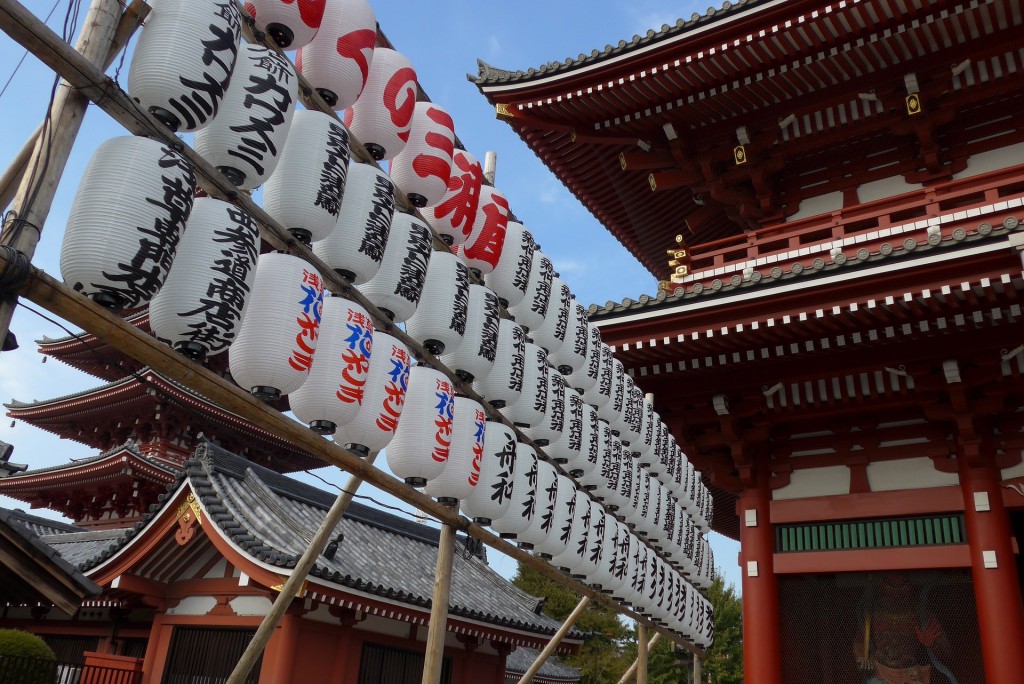
A small part of Sensoji Temple, Tokyo’s oldest temple, in Asakusa
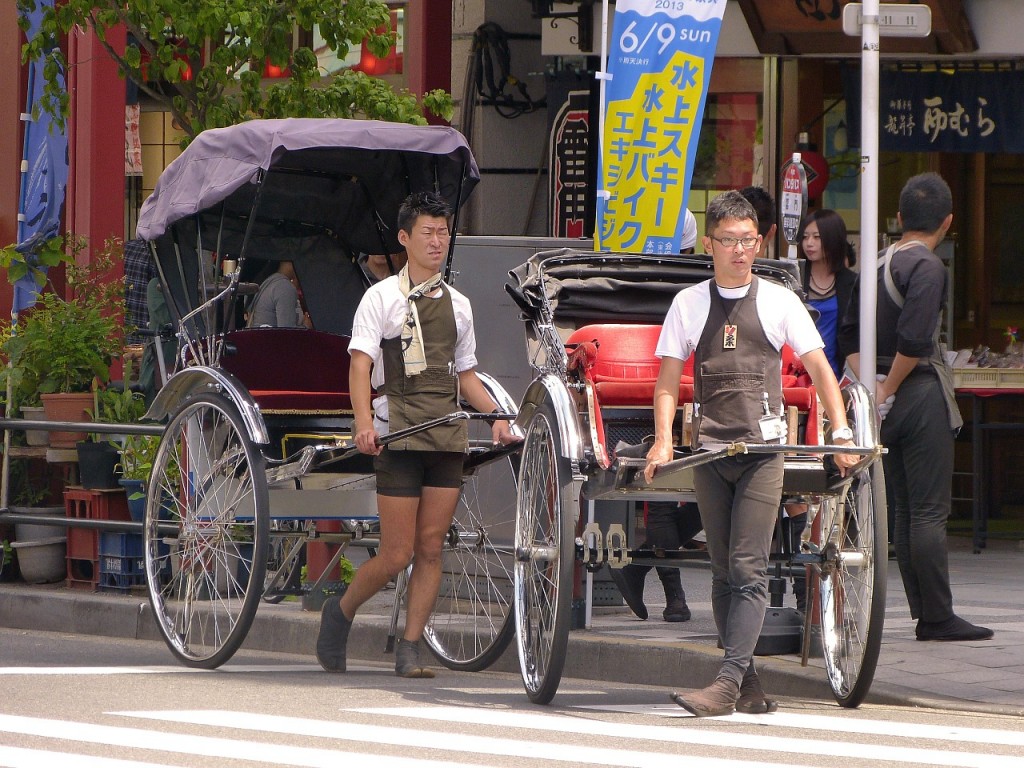
Rickshaw drivers looking for customers in Asakusa
So which place should you choose as your base for exploring Tokyo? I may be a bit biased since I’ve lived near it for more than ten years, but my answer will always be…..
Shinjuku
The Best of Both Worlds
Now let me explain why the Shinjuku area is the best place for your stay. First of all, what do you picture when you think of Tokyo? What is the first thing that comes to mind? For me, it was huge skyscrapers all lit up at night with store signs going vertical ten stories high. I also pictured a huge number of people roaming the streets and train stations with all kinds of signs that I wouldn’t understand. I’ll admit Asakusa has this to an extent but not on the grand, get-lost-in-it-all scale that Shinjuku does. Shinjuku is that in-your-face welcome to another world at full blast, and isn’t that what you wanted when you came to the biggest city in the world? Quiet and reflective tradition is fascinating and bestows its own benefits, but this is best experienced in Kyoto on a first trip to Japan. Shinjuku gives you easy access to big-city life in a way that only Japan can deliver and is geographically closer to many of the things that you will want to see on a three-day trip to Tokyo.
Below are my five reasons for basing yourself in Shinjuku for that first trip to Tokyo:
1) All Roads Lead to Shinjuku
Shinjuku not only has direct train access from Tokyo’s Narita airport (and direct bus access from both Narita and Haneda airports), but its train station also has 36 platforms and another 17 platforms (51 total) accessed through hallways to five directly connected stations, making Shinjuku the busiest train station in the world by total number of passengers. Add to this a newly organized bus and taxi terminal that recently opened in April 2016 after ten years of construction (which I wrote about previously here) right across from the South Exit of the train station and Shinjuku offers direct access to many of the places that you’ll want to be visiting while in Tokyo and around it. Asakusa, on the other hand, is only served by four train lines, none of them connected with the JR rail pass (check here from my previous post for this can’t miss purchase before your first trip to Tokyo), which means that those tourists holding the JR rail pass will always have to pay extra for taking the train back to their hotel in Asakusa.
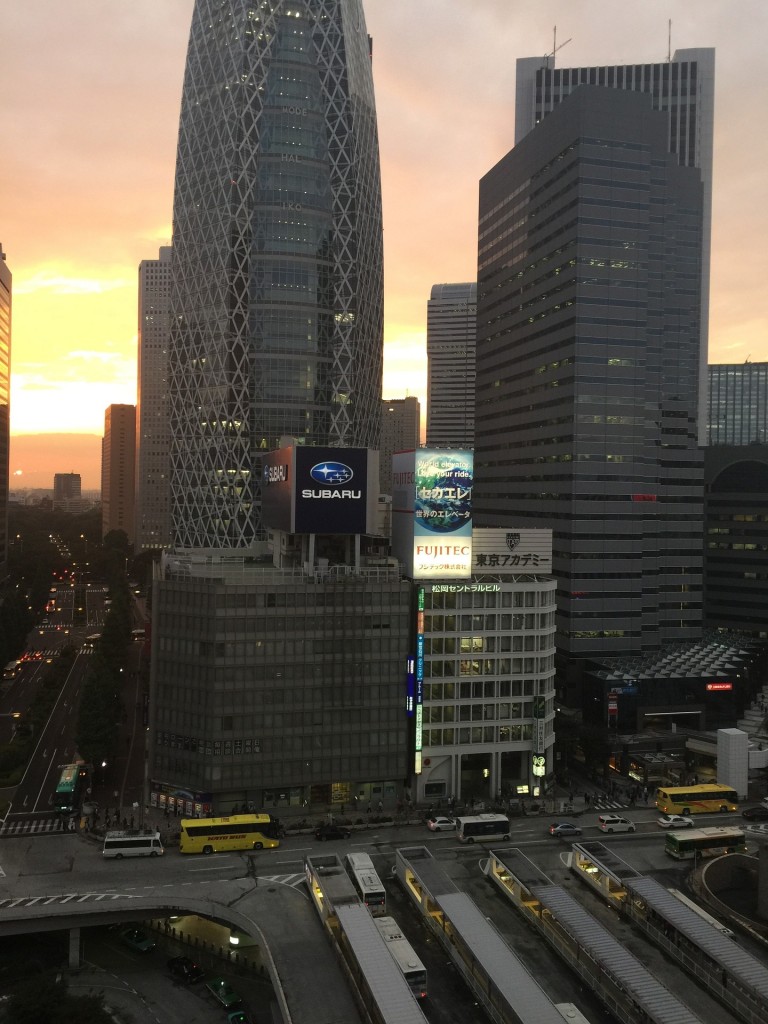
Shinjuku: a transportation hub
Once you arrive at Shinjuku station from the Narita or Haneda airports, free Wi-Fi is available at Shinjuku station from either JR Free Wi-Fi, Metro Free Wi-Fi, or Odakyu Free Wi-Fi. Simply choose the network in the Settings section of your phone, go to a website from your server, and you will be prompted to enter your email address. After you enter your email address and click “agree,” you will be able to have unlimited, fast internet to walk to or take a taxi to your hotel.
2) Entertain Yourself for Days on End Just by Walking around Shinjuku
Shinjuku not only has one of the most popular tourist attractions in the neighborhood with the Robot Restaurant (about a ten-minute walk from Shinjuku station), but it also has Golden Gai, an area of Shinjuku consisting of about five streets packed with over 100 tiny bars, some able to hold no more than five people, with many bartenders who have worked in their same little bars there for over forty years. Despite constant threats of being burned down or closed down, Golden Gai has retained its lived-in, hard-knock existence unlike the shiny new of much of the rest of Tokyo because it has been protected by the local yakuza (mafia) at various times. Although tourists definitely know about Golden Gai, this is one of the most interesting places and fun nights out in Tokyo. Add to this a few streets on the Northeast side of Shinjuku station called “Omoide Yokocho” (Memory Lane), more irreverently known as “Piss Alley,” and you will find tiny restaurants serving wild Japanese food such as frog sashimi and grilled salamander. This area is not for the faint of heart, but it is very exciting just to walk through it or, if you’re brave enough, sit down and literally rub elbows with the diner next to you at one of the several cramped restaurants down these tiny streets. Golden Gai offers tiny bars. “Piss Alley” (don’t worry, there are some bathrooms available) serves drinks and food. If you want to relax after an exciting night out at Golden Gai or Omoide Yokocho, walk just a few minutes down the road to Tokyo’s largest hot spring, Thermae-Yu.
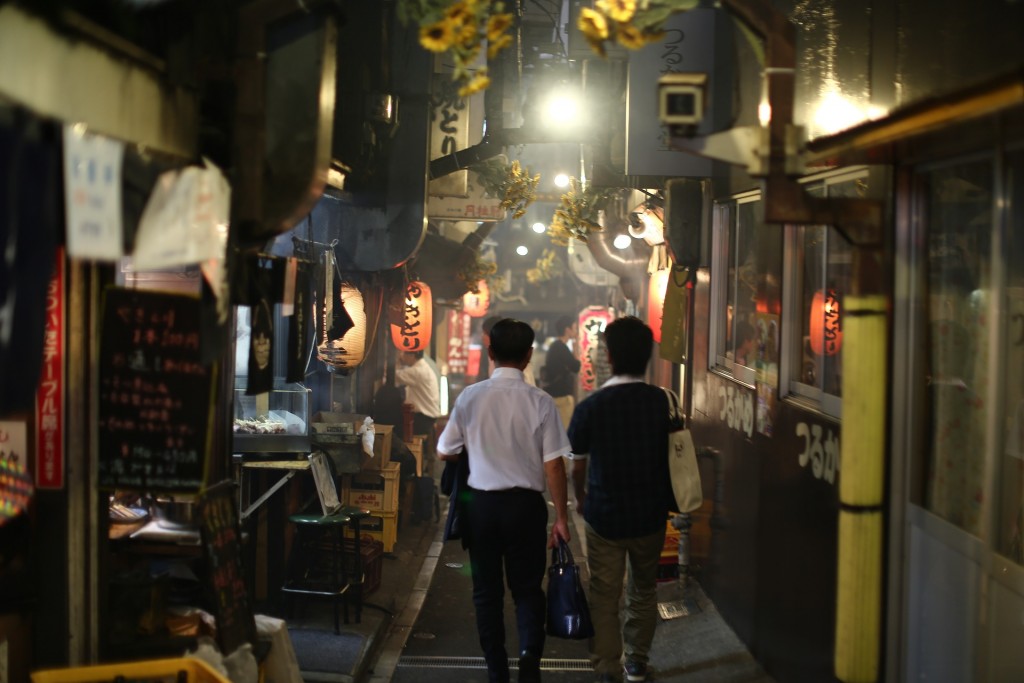
Walking through Shinjuku’s Omoide Yokocho, or “Piss Alley”
Not only does Shinjuku have these special areas of town, but they also have a massive park called Shinjuku Gyoen with over 1,500 cherry trees, the biggest gay district of town with gay-friendly clubs (known as the “Ni-Chome” area), and one of the largest love hotel areas in town (essentially hotels for couples to rent for the night, with prices offered for a “rest” of typically 1–3 hours or a “stay” for the night usually from 10 pm to as late as noon the following day-love hotels keep it very discreet).
3) Shopping for Everyone
For those who don’t know, the Ginza district of Tokyo is considered the highest-end shopping district in town with the fanciest shops and cafes. Shinjuku, however, offers branches of the highest-end shops including Isetan and Takashimaya within walking distance from the station as well as popular Japanese shops including Tokyo Hands and Kinokuniya Book Store. The basement of Isetan also offers one of the best places in town for checking out the various foods in Tokyo with lots of individual retailers handing out samples and trying to sell you their carefully concocted sweets
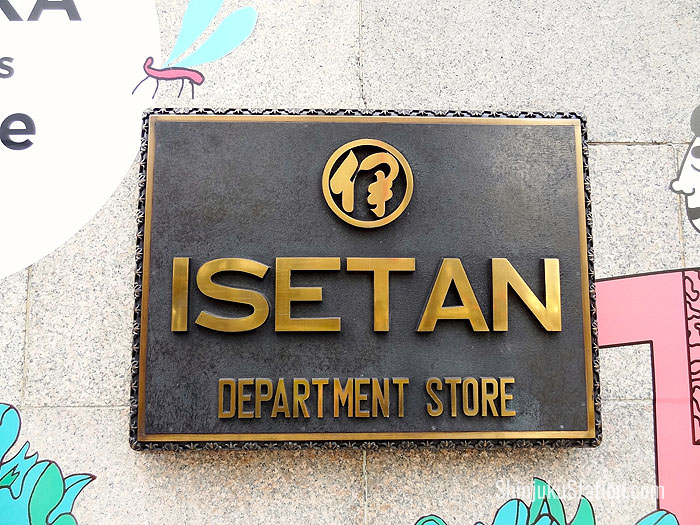
The incredible Isetan in Shinjuku, where design and presentation is an art form
4) Shinjuku Is Close to Some of the Most Popular Tourist Attractions That You’ll Want to Visit
Most tourists visiting Tokyo for the first time make sure to visit the world’s most famous intersection in Shibuya, which is less than ten minutes away from Shinjuku on one train line, which is free to JR Rail pass holders. Shibuya is actually another popular place to stay for visitors but doesn’t have the full range of unique tourist attractions that Shinjuku does. Harajuku, Meiji Shrine, and Yoyogi Park are even closer to Shinjuku on the same Yamanote train line from Harajuku station. Going to see a baseball game at Tokyo Dome is a ten minute-train ride also covered by JR Rail, and the popular nightclub district of Roppongi is also a single train line away.
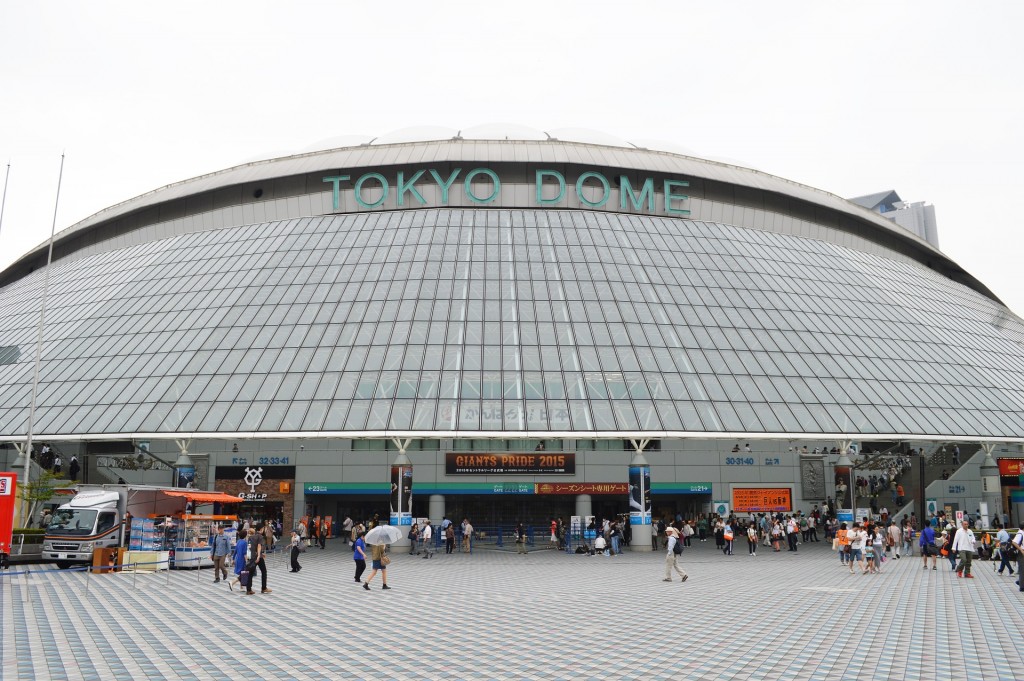
Getting to a baseball game from Shinjuku is only one 12-minute train ride away and free with a JR rail pass
The reason that being close to other places is important is that trains in Tokyo stop running around midnight with final trains in central Tokyo departing their station at around 12am and reaching their final destinations by 1am. If you should find yourself stranded on the other side of Tokyo from your hotel, the cost of a taxi home could be well over $100 and there are no bus options! Uber is still limited in Tokyo and their options are often no cheaper than taxis.
5) The Best Entertainment for Your Jet Lag
Compared to Asakusa, Shinjuku has many more places that stay open all night. For those suffering from jet lag or too excited to sleep their first night in Tokyo, Shinjuku has the late-night entertainment that you’re looking for. Not only does it have much less of a residential area, especially near the train station. This means that Shinjuku is a place that can entertain you all night long compared to Asakusa. For those suffering from jet lag, Shinjuku offers a 24-hour bowling alley at Humax Pavilion (Humax Pavilion 3/4F, 1-20-1 Kabukicho, Tokyo) and countless karaoke chains including Big Echo, Karaoke no Tetsujin, and Karaoke-Kan to keep you singing all night with all-you-can-drink and unlimited ice cream included in one fixed price. There is even a movie theatre offering all-night showings, should you get really bored in your hotel (Shinjuku Wald9 Cinema, Shinjuku Sanchome East Bldg 9F, 3-1-26 Shinjuku, Shinjuku-ku).
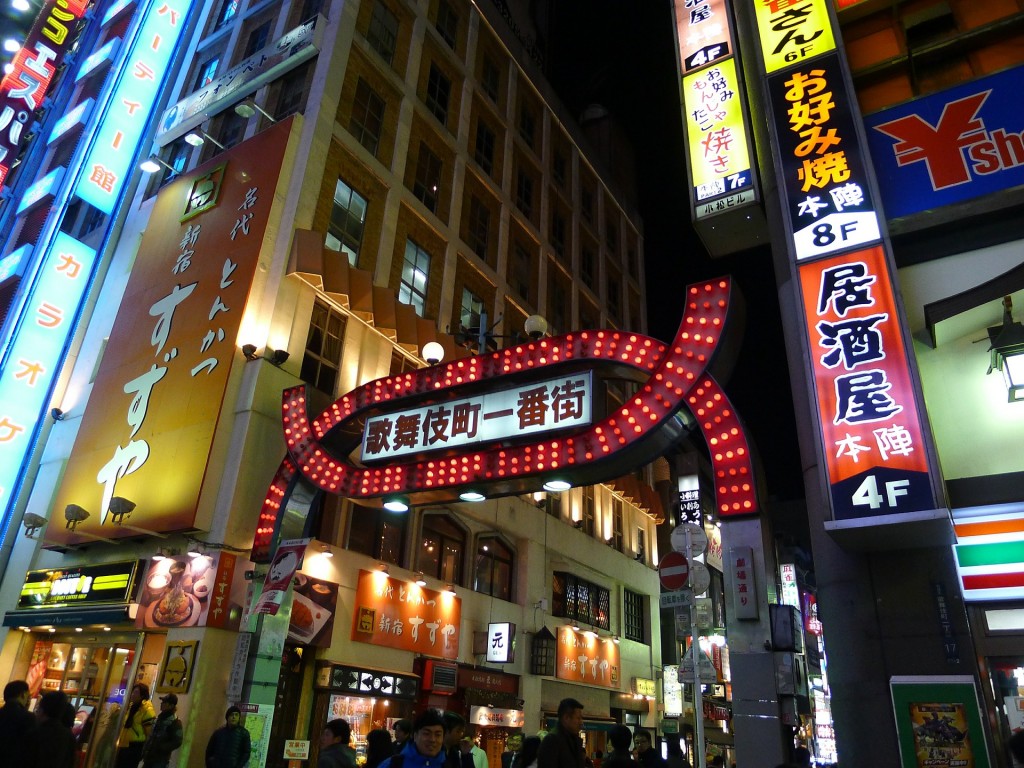
Shinjuku at night
While Asakusa certainly makes for a wonderful day of exploration and souvenir shopping, as a base for your Tokyo adventures, Shinjuku offers a definite geographic and entertainment advantage. Then, when you’re ready to move on to your next destination, Shinjuku can get you there in one bus or train ride (skip the taxis – they are way too expensive).
Wishing you all the best on your first visit to Tokyo,
Tokyo Becky

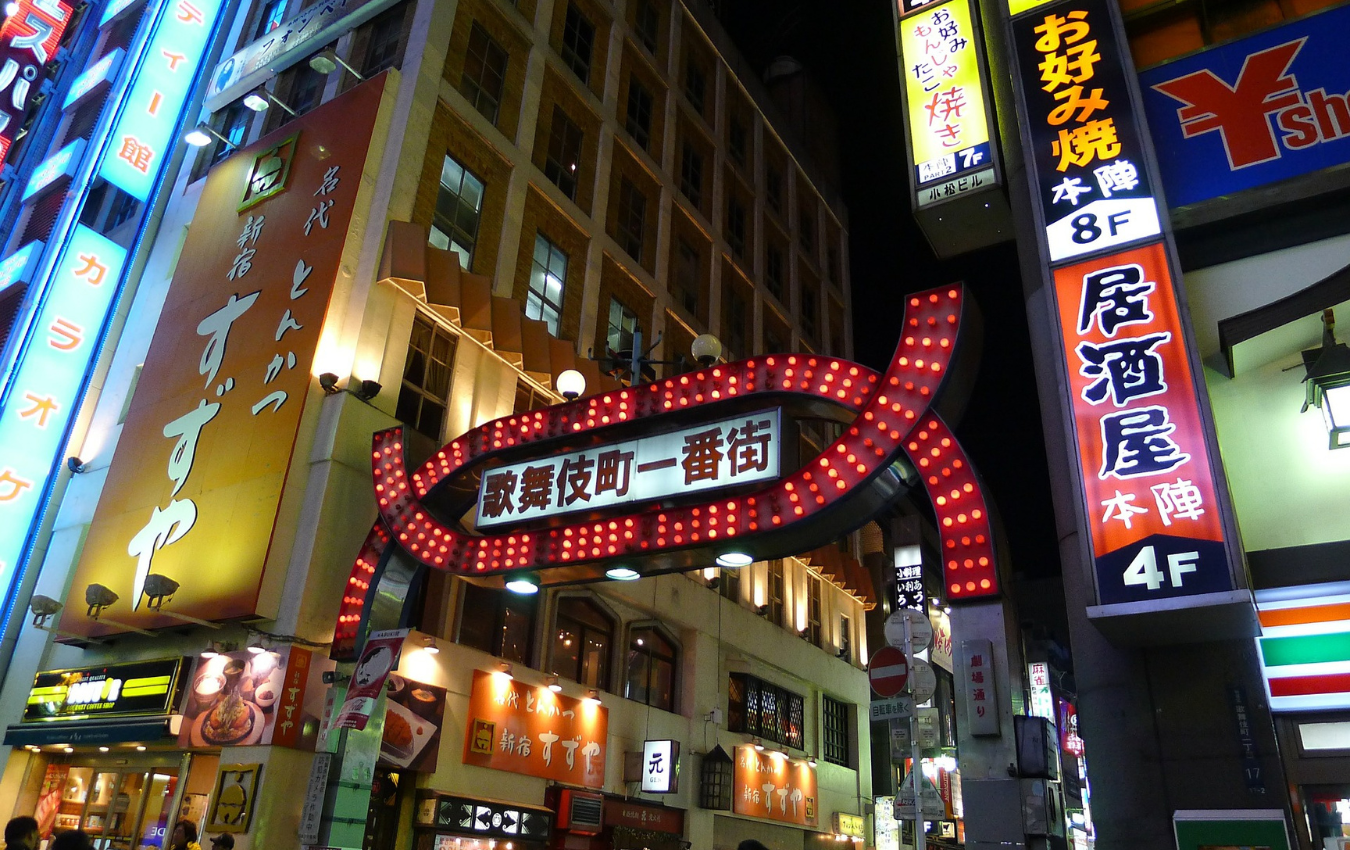
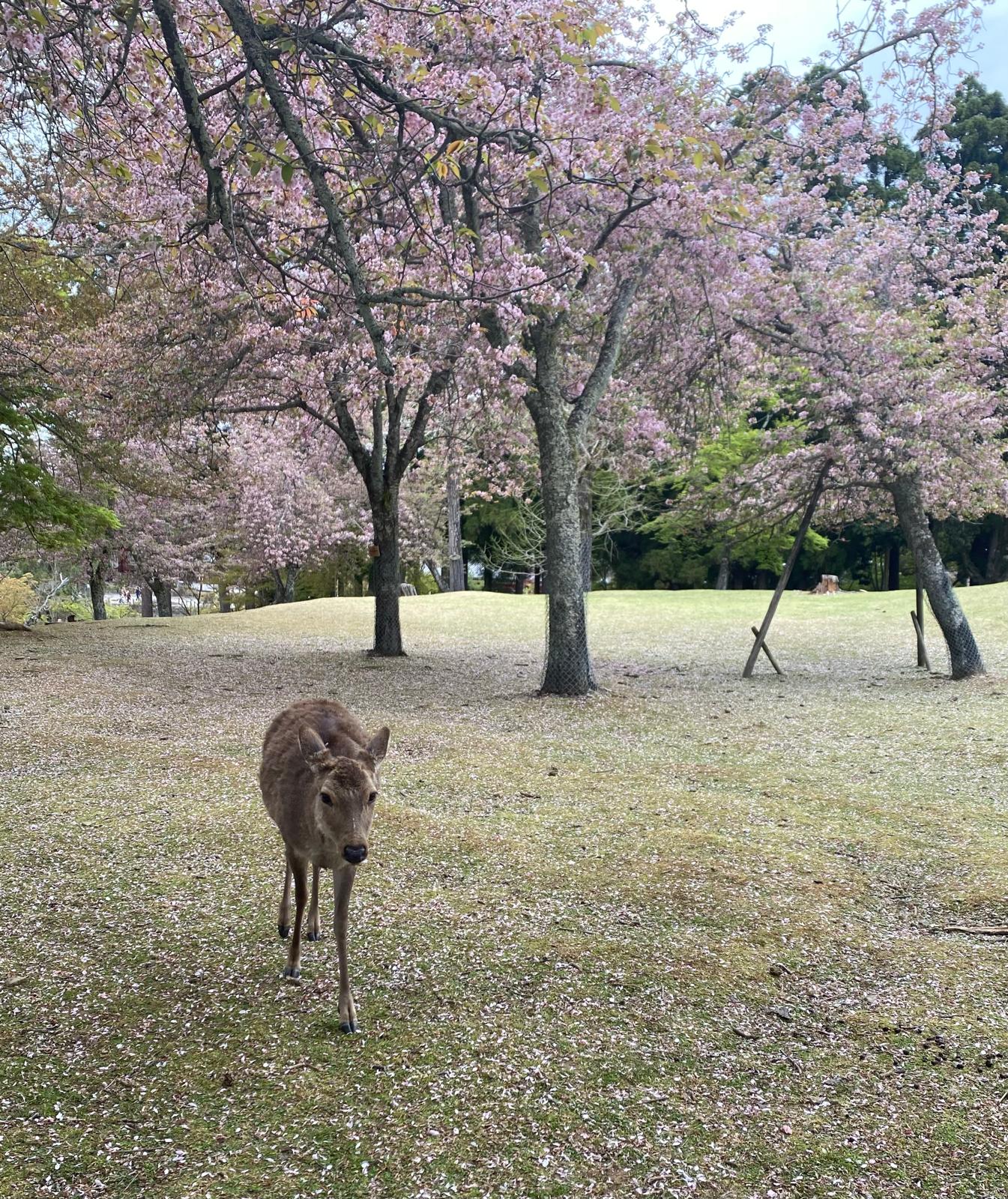
0 Comments